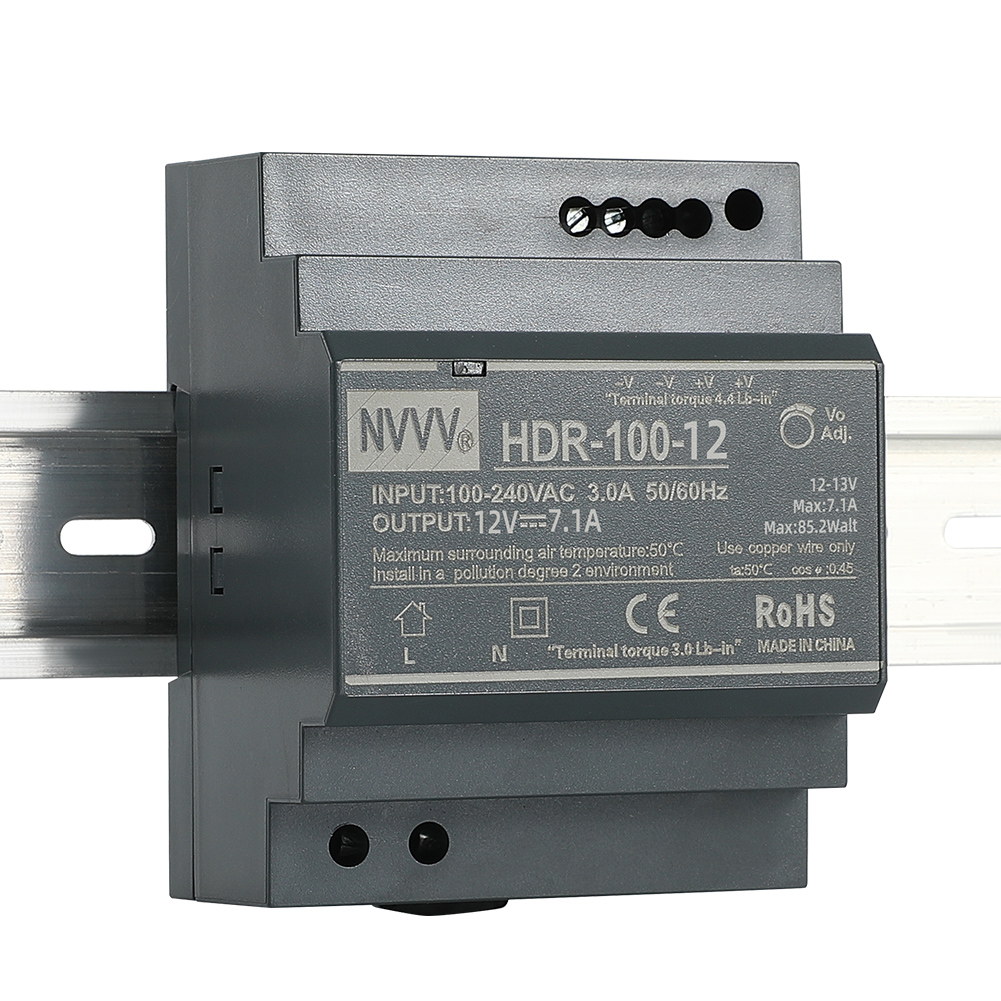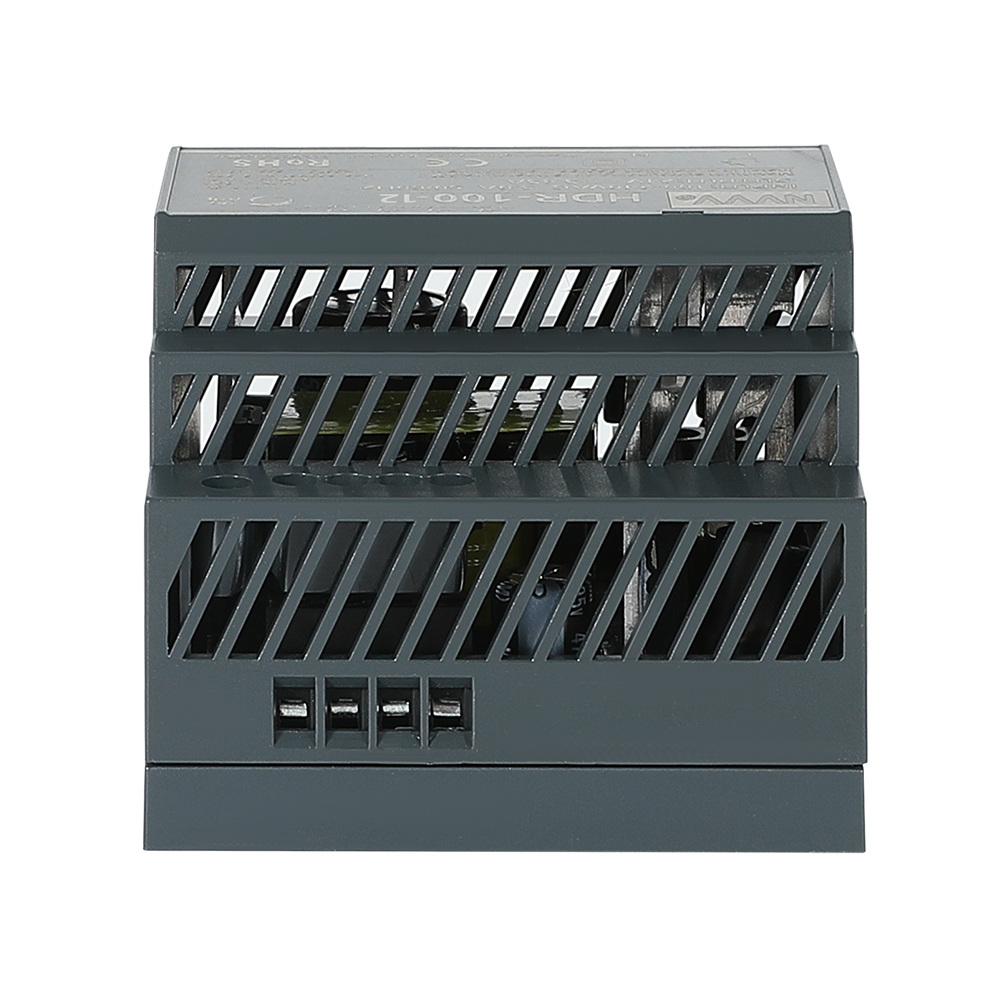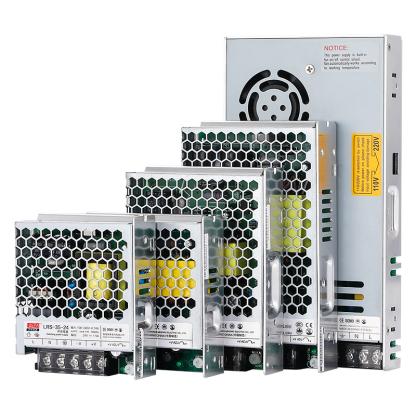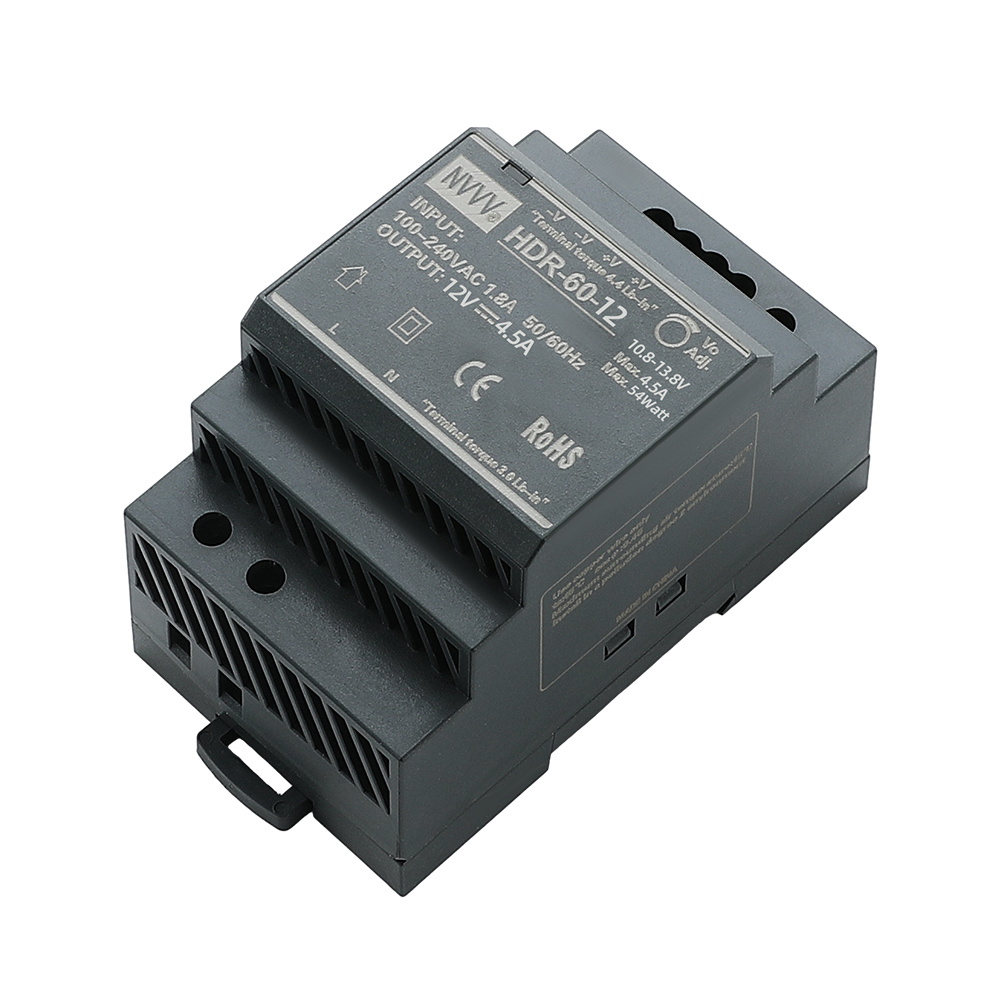What is a Power Supply?
What is a Power Supply?
A power supply is an essential electrical device that delivers power to various electronic loads, including laptops, servers, and other electronic appliances. The primary role of a power supply is to convert electrical energy from a source into the appropriate voltage, current, and frequency required by the device. This conversion can take place from AC to DC or from DC to DC, making power supplies a fundamental component in modern electronics.
Depending on their design, power supplies can either be external units, separate from the device they power, or internal units, integrated within the equipment. Regardless of their placement, every power supply consists of an input connection that receives power from a source and one or multiple output connections that distribute electricity to the load.
Power Sources
Power supplies derive their energy from various sources. The most common include:
Electrical Grid: Supplies alternating current (AC) through standard electrical outlets.
Energy Storage Devices: These typically deliver direct current (DC) and include batteries, solar panels, and backup generators.
Other Power Supplies: Sometimes, one power supply may act as the source for another, especially in industrial and modular setups.
Types of Power Supplies
Power supplies can be categorized based on several factors, including packaging, function, and conversion methods. Below is a detailed breakdown:
Classification by Packaging
Wall-Mount Adapter
An external power supply where the AC plug can be fixed or interchangeable.
Various types of DC jacks are available to suit different devices.
Desktop Adapter
Another type of external power supply, featuring either Class I (with ground) or Class II (without ground) AC inlets.
An internal power supply, typically available in PCB-mountable (pin) or wafer (connector) formats.
Encapsulated Power Supply
Can be either internal or external, available in PCB-mountable (pin) or wired versions.
Enclosed Power Supply
A fully internal unit with a protective metal cover.
Designed for industrial use, featuring a metal enclosure and screw terminals for secure mounting.
Classification by Features
Regulated Power Supply: Provides a stable and precise output voltage.
Unregulated Power Supply: Output voltage fluctuates depending on the load.
Adjustable Power Supply: Allows manual adjustment of output voltage and current.
Isolated vs. Non-Isolated Power Supplies: Isolated versions provide electrical separation between input and output, enhancing safety.
Classification by Conversion Method
Power supplies generally fall into two major categories based on their design principles:
Linear Power Supplies: An older design that provides clean output but tends to be bulkier and less efficient.
Switching Mode Power Supplies (SMPS): Modern, compact, and highly efficient, making them ideal for most applications today.
More Types of AC-DC Power Supplies
Beyond the general classifications, there are specialized power supplies designed for specific applications:
Programmable Power Supply
These units allow users to remotely control voltage, current, and sometimes frequency via digital or analog inputs.
Typically equipped with microcontrollers to enable automation and precision control.
Uninterruptible Power Supply (UPS)
Designed to provide backup power during outages.
UPS units draw power from AC mains while simultaneously charging a battery for emergency use.
High-Voltage Power Supply
Generates extremely high voltages, often in the range of hundreds or thousands of volts.
Uses specialized output connectors to prevent arcing and ensure safety.
Commonly found in medical, scientific, and industrial applications.
Conclusion
Power supplies play a crucial role in almost every electronic device we use daily, from home appliances to industrial machinery. Whether you're selecting a simple adapter for a laptop or a high-voltage supply for advanced applications, understanding how these devices function can help you make better choices.
At NVVV, we are committed to providing high-quality power solutions tailored to your needs. What kind of power supply do you rely on the most in your daily life? Let’s continue the conversation—drop your thoughts and questions below!










